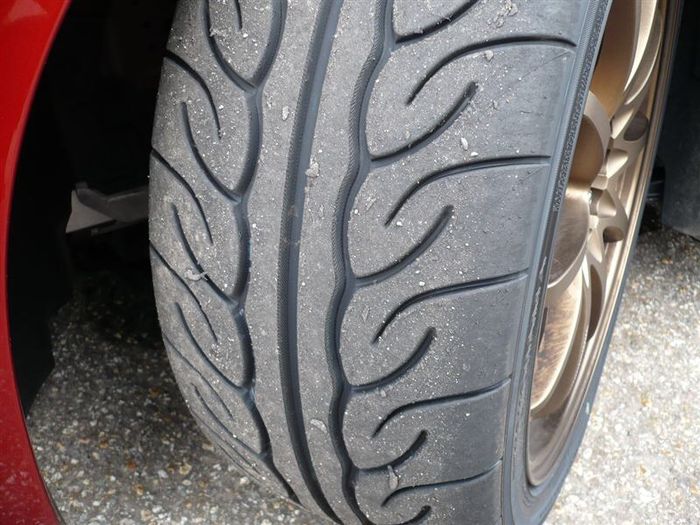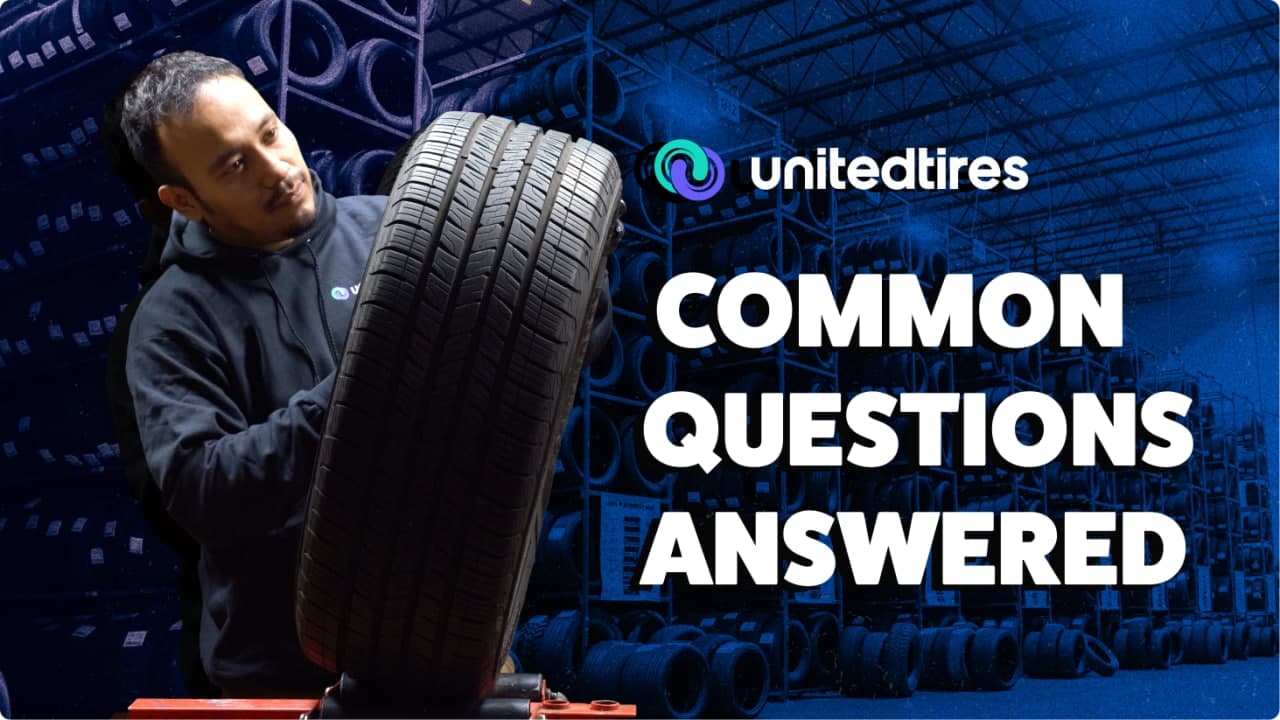All Categories
Featured
Table of Contents
I had the ability to obtain 100 hours out of one of these tires, and while it had absolutely no tire lugs left on it, the soft compound made it work very wellas long as I was utilizing a soft mousse. Kitt Stringer photo Easy mounting - 3Wear - 3Sidewall toughness - 3Performance on origins - 4Performance on damp rocks - 2Traction on dirt - 5Cornering capacity - 4Traction while braking - 4Self-clearing of dust and mud - 3Performance in mud - 3Overall predictability or monitoring - 3 _ 37 Verdict: This is an excellent all-around tire with great value for money.

The wear corresponded and I such as for how long it lasted and how regular the feeling was during usage. This would additionally be a great tire for faster races as the lug size and spacing little bit in well on quick terrain. Kitt Stringer image Easy installing - 3Wear - 3Sidewall strength - 3Performance on origins - 4Performance on damp rocks - 4Traction on dust - 4Cornering capacity - 4Traction while braking - 5Self-clearing of dust and mud - 4Performance in mud - 4Overall predictability or monitoring - 4_42 Final thought: I liked this tire a great deal.
If I had to get a tire for difficult enduro, this would certainly remain in my leading choice. Easy mounting - 3Wear - 3Sidewall toughness - 3Performance on origins - 4Performance on damp rocks - 3Traction on dirt - 4Cornering capacity - 3Traction while braking - 3Self-clearing of dust and mud - 4Performance in mud - 4Overall predictability or tracking - 3 _ 34 Conclusion: This tire was extremely soft and pliable.
All the gummy tires I evaluated carried out rather close for the initial 10 hours approximately, with the victors going to the softer tires that had much better grip on rocks (Vehicle tyres). Purchasing a gummy tire will definitely provide you a solid advantage over a routine soft substance tire, however you do spend for that benefit with quicker wear
Best Vehicle Alignment Near Me – Mirrabooka WA
This is an ideal tire for springtime and loss problems where the dust is soft with some dampness still in it. These tried and tested race tires are fantastic all around, yet put on rapidly.
My total winner for a difficult enduro tire. If I needed to spend money on a tire for daily training and riding, I would certainly choose this.
Affordable Tyre Checks Near Me
I have actually been running a collection of Michelin Power Pilot 2CT's on my track Daytona 675 for the past year. In that time I have actually done 15 track days in all weather conditions from cold wet to very hot and these tires have actually never ever missed a beat. Low-cost tyres. I have actually done nearly 2,000 miles (3,200 kilometres) on them and as you can see from this shot of the front taken after initial session of my 15th track day on them, they still have rather a great deal of rubber left on them
Basically the 2CT is an incredible track day tire. If you're the kind of cyclist that is most likely to encounter both damp and completely dry conditions and is beginning out on the right track days as I was in 2015, then I believe you'll be tough pressed to locate a much better value for cash and competent tyre than the 2CT; a set of which will certainly establish you back around 185 (US$ 300) in the UK.
Thinking of a better all rounded road/track tire than the 2CT must have been a difficult job for Michelin. The result of that initiative is the Michelin Pilot Power 3 which basically replaces the Pure. Do not puzzle this new tire with the road going Pilot Roadway 3 which is not designed for track usage (although some bikers do).
They inspire substantial self-confidence and offer amazing hold degrees in either the wet or the dry. When the Pilot Power 3 released, Michelin recommended it as a 50:50% road: track tire. That message has actually recently transformed since the tires are now advised as 85:15% roadway: track usage rather. All the biker reports that I have actually read for the tire rate it as a far better tire than the 2CT in all locations yet particularly in the damp.
Best Budget Car Tyres – Mirrabooka
Technically there are several differences between both tyres even though both make use of a double substance. Aesthetically you can see that the 2CT has fewer grooves cut right into the tyre but that the grooves run to the side of the tire. The Pilot Power 3 has more grooves for far better water dispersal yet these grooves don't reach the shoulder of the tyre.
One element of the Pilot Power 3 which is different to the 2CT is the new 2CT+ technology which expands the harder middle area under the softer shoulders (on the rear tire). This must provide a lot more security and reduce any "agonize" when increasing out of corners despite the lighter weight and more adaptable nature of this brand-new tyre.

Although I was a little dubious regarding these lower pressures, it ended up that they were fine and the tires performed actually well on track, and the rubber looked better for it at the end of the day. Equally as a point of reference, other (fast team) motorcyclists running Metzeler Racetecs were making use of tire stress around 22-24 psi for the rear and 24-27 psi on the front.
Coming up with a better all rounded road/track tire than the 2CT must have been a tough task for Michelin. The result of that effort is the Michelin Pilot Power 3 which basically changes the Pure. Do not confuse this brand-new tyre with the roadway going Pilot Roadway 3 which is not made for track usage (although some bikers do).
Leading Tyre Care Near Me
When the Pilot Power 3 launched, Michelin recommended it as a 50:50% roadway: track tyre. All the rider reports that I have actually checked out for the tyre rate it as a far better tire than the 2CT in all areas yet specifically in the wet.

Technically there are several distinctions between both tyres despite the fact that both utilize a double compound. Aesthetically you can see that the 2CT has fewer grooves cut right into the tire however that the grooves go to the edge of the tire. The Pilot Power 3 has even more grooves for far better water dispersal but these grooves don't get to the shoulder of the tire.
One facet of the Pilot Power 3 which is various to the 2CT is the new 2CT+ innovation which expands the harder middle section under the softer shoulders (on the back tire). This must give extra stability and reduce any kind of "wriggle" when increasing out of corners regardless of the lighter weight and more flexible nature of this new tire.
Although I was a little suspicious concerning these lower stress, it turned out that they were great and the tires performed truly well on course, and the rubber looked far better for it at the end of the day. Equally as a point of recommendation, various other (quick group) motorcyclists running Metzeler Racetecs were utilizing tyre stress around 22-24 psi for the rear and 24-27 psi on the front
Latest Posts
Honest Tyre Upgrades Near Me – Mirrabooka
Reliable High-quality Tyres Near Me – Swan
Reliable Discount Car Tyres